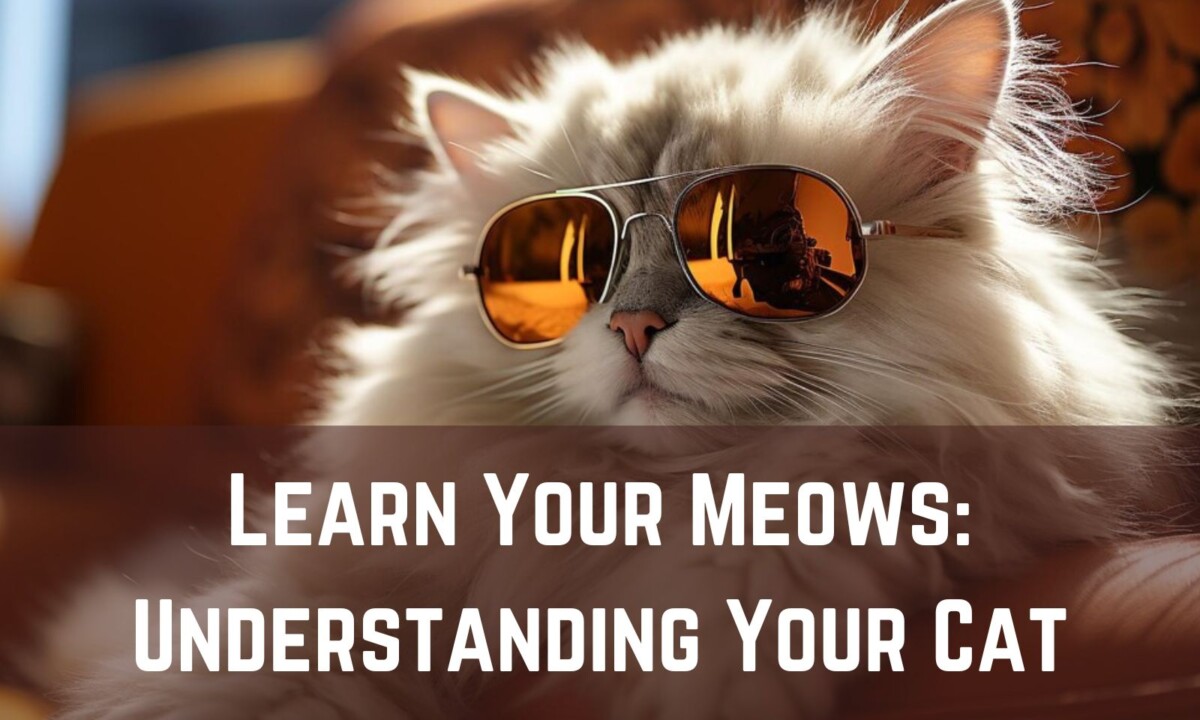Ever looked at an orange cat and wondered what the hell is that cat doing?
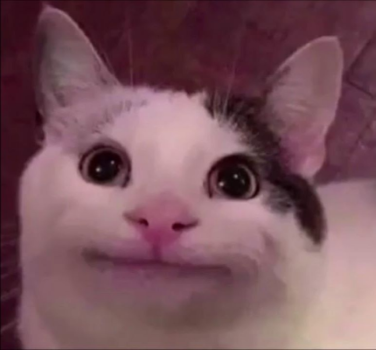
You looking at your cat
Cats are especially notorious for their mysterious ways, often leaving us in utter confusion and wondering what’s going on in that tiny fluffy head of theirs.
However, much of what a cat is feeling can be deciphered through their body language.🧐
“How am I supposed to do that?” you must be wondering dumbfounded at this totally very new discovery (sarcasm).
From the position of their tail to the twitch of their whiskers, cats have a complex yet subtle system of communication, you only need a keen eye to tell what they’re thinking.
In this comprehensive guide, we’ll help you take the first step into understanding your feline friend like never before.
Tail Talk
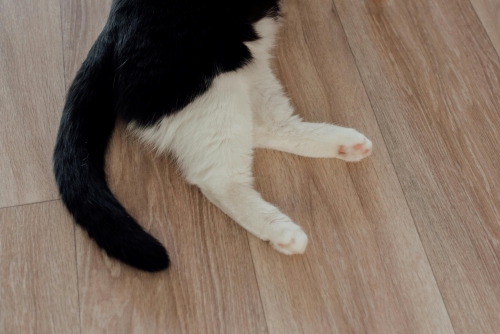
A cat’s tail is like a mood thermometer, providing valuable insights into their emotions.
Contrary to popular belief, a wagging tail in cats does not always mean they are happy, after all, they’re not dogs, Instead, it often signifies agitation or overstimulation.
The key is in the context and the progression of tail movements.
A vertically raised tail, or a high tail usually indicates a confident and comfortable cat, open to interaction.
However, in certain scenarios, such as when warding off a strange cat, a high tail can signal aggression, so make sure you get the context right before trying to pat a cat.
A tail that flicks back and forth can indicate agitation or alertness.
It’s a sign that your cat might be feeling threatened or overstimulated, and you should try to stop the root cause of the tail flicking.
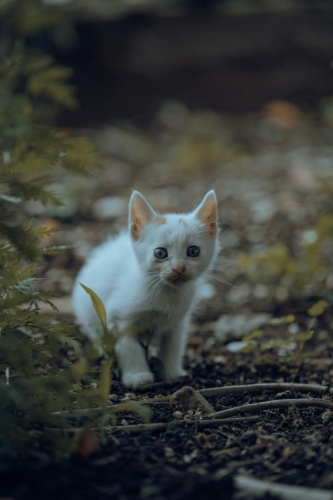
When a cat’s tail becomes bushy or “bottle-brushed,” it’s a clear sign of fear.
The cat is attempting to make itself appear larger to intimidate potential threats.
Similar to a puffed-out tail, if a cat tucks its tail between its legs, it’s a sure sign of fear or maybe submission.
This position is a way for the cat to protect its vulnerable underside.
Ear Language: Talking With Ears?
The position of a cat’s ears can reveal a lot about its mood and intentions.
Cats with their ears facing forward usually mean their confident, relaxed, or engaged. It can also indicate curiosity or playfulness.
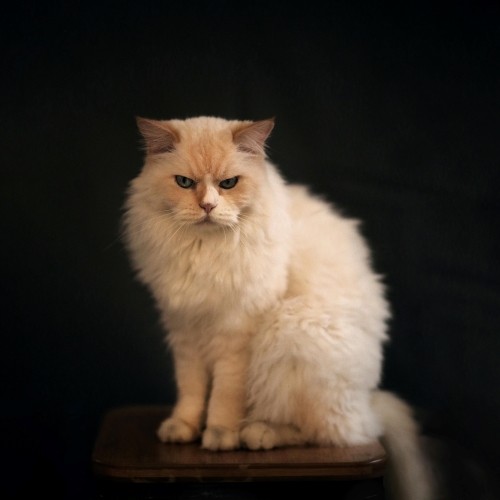
When a cat’s ears are flattened against its head, it’s a sign of agitation, anger, or fear.
This posture is often accompanied by other defensive body language cues.
Similar to tail flicking, ear flicking can indicate irritation or overstimulation.
It’s a sign that your cat may be reaching its limit.
Eye Signals
A cat’s eyes can reveal a wealth of information about its state of mind.
Large, dilated pupils suggest that a cat is stimulated, this could indicate a wide range of emotions, it could be excitement, fear, or even aggression.
A slow blink from a cat is a sign of trust and relaxation, often referred to as a “cat kiss” and is a way for your feline friend to show affection towards you.
When a cat’s eyes narrow into slits, it’s a sign of focus.
Your cat might be intensely observing something, whether it’s prey or an object of interest.
Whiskers?
Yes, though it sounds ridiculous even whiskers can be a cat boy language that you can pick up.
While not as prominent as their tail or ear signals, a cat’s whiskers can still provide valuable clues to deciphering what your cat is thinking.
Cats with their whiskers pushed forward are often curious and focused, a sign that they are taking in their surroundings and gathering information.
Whiskers flattened backwards against their face can indicate fear or discomfort.
It’s a defensive posture often seen in scared or threatened cats.
Meows & Purrs
Cats don’t often meow when communicating with one another, however, they meow and purr as an attempt to communicate with us humans and this is crucial for you, pet owners, to understand.
Purring is typically a sign of contentment and happiness, but cats can also purr when they’re in pain or distress, so make sure to monitor when your cat’s purring.
Growling and hissing are obviously signs of agitation and aggression, growling to warn you to back off while hissing to show its readiness to defend itself.
Chirping and trilling often indicate excitement or frustration.
Cats may also chirp or trill when they see potential prey, such as a bird outside a window.
Body posture
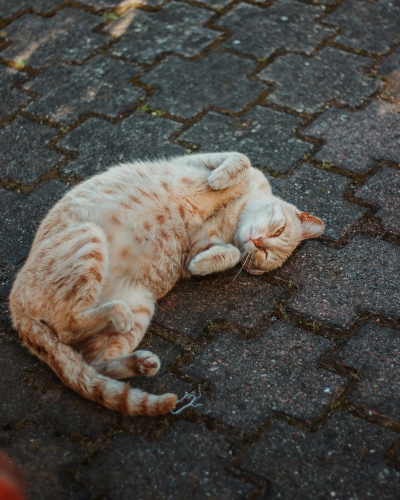
A cat’s overall posture can reveal its comfort level and intentions.
A cat that is stretching out or lying on its side in a relaxed manner likely means that it is feeling comfortable and at ease.
When a cat arches its back, raises its fur, or crouches low to the ground, it’s a sign of fear or defensiveness.
These postures are often seen when a cat feels threatened, and you are most likely gonna get a flurry of scratches thrown at you.🤓
By paying attention to these subtle cues and understanding your little fur baby, you will surely develop a deeper connection with your feline companion.
However, do remember that each cat is unique, so it’s essential to observe your own cat’s behaviour patterns over time to better understand their language.
Related To:

